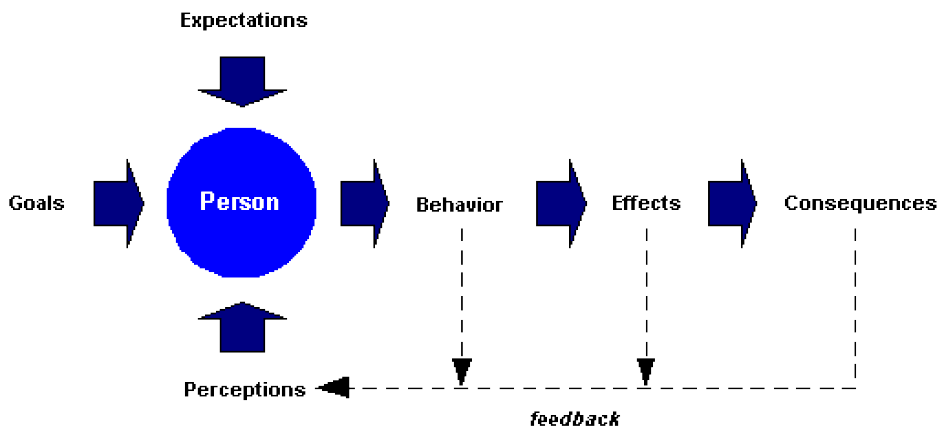| << Chapter < Page | Chapter >> Page > |
Any individual administering performance appraisals must realize the two-way conversation that is occurring. Inviting feedback and listening to reactions and concerns from the employee during the appraisal process becomes very important to establishing trust with the employee (United States Department of the Interior, 2004). If the appraiser provides any negative feedback or improvement points, suggestions should be made to help resolve the problem to develop the person’s performance. With the suggestions made, follow-up should occur to assist with any problems with the development and to track progress, rather than waiting until the next performance review (Fukami, Performance Appraisal, 2007).
Often being seen as a strictly hierarchical feedback tool, performance appraisals can be less “scary” if employees have the opportunity to appraise their managers as well as their peers. With this 360-degree feedback process, employees and managers will see multiple vantages of their performance and can participate on an even playing field, ultimately providing a greater ability to work together to achieve corporate goals (Kulik, 2004).
Performance appraisals should not be looked upon as a necessary evil, but rather a process that has the ability to develop and improve the people within the company. By taking the time to create appropriate performance measures, and administering them accordingly, the resulting system can provide long-term gain for the company.
For further investigation:
For a discussion of why many people think of feedback as criticism visit:
For a discussion of differing views on feedback and specific examples on how to give feedback visit:
By Kristin Hamilton and Tiffani Willis
In a broad sense, feedback is simply verbal or nonverbal communication between two or more parties. So, why are so many of us afraid of the word feedback? People often think of feedback as being synonymous with criticism because feedback is given, in most circumstances, when expectations have not been met (Rich). As humans, we all have the desire to fit in with our society’s social norms and please those within our community by meeting expectations. As shown in [link] , we are constantly surrounded by feedback as we see the consequences of our actions and how our actions affect the impressions of those around us (Jossey and Bass, 1995). Feedback is an essential part of our personal life and our work environment, making, giving and receiving feedback successfully critical.

Many are not aware that giving successful feedback is affected by more than just the words used to communicate. Words used to tell ideas are only “7 per cent of your communication, your tone of voice comes out to 38 per cent and your gestures are equivalent to 55 per cent of your total communication” (Hathaway). As a result, the effectiveness of communication is related to how well one mirrors the culture and behaviors of the person to which one is talking. Matching a person’s voice tone, tempo, body posture, movements, and gestures creates a feedback environment where the ideas being communicated are easily understood.

Notification Switch
Would you like to follow the 'Business fundamentals' conversation and receive update notifications?